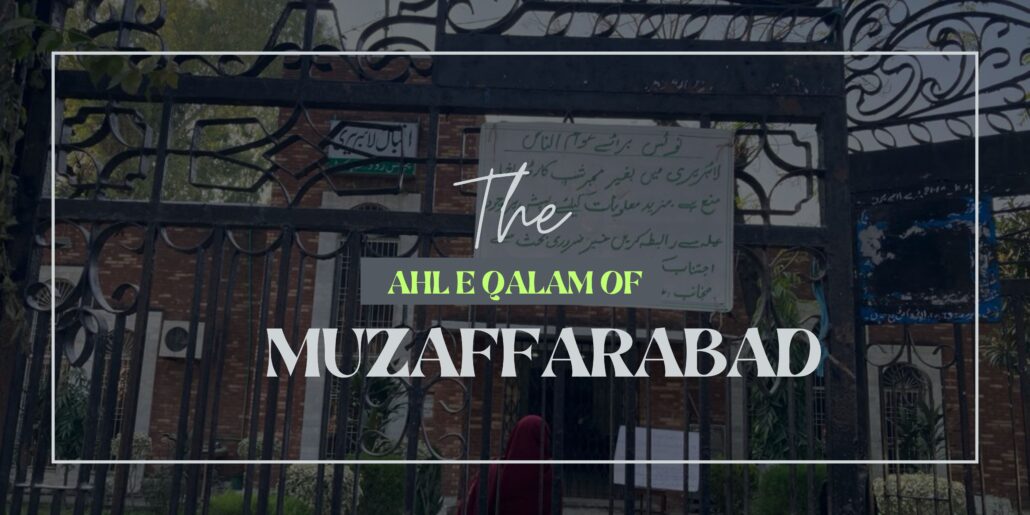
Jammu Kashmir traditionally has 4 distinct areas; Muzaffarabad, Kashmir, Jammu and Ladakh. Through the partition of 1947, a Line of Management (LOC) got here into existence, which divided Jammu Kashmir between India and Pakistan. On the fifth of August, 2019, the Indian authorities divided the area falling below its area into two federally ruled territories; Jammu Kashmir and Ladakh.
Underneath the rule of Maharaja Ranbir Singh, the Jammu province was divided into seven wazarats, specifically Jammu Khas, Jasrota, Ramnagar, Udhampur, Reasi, Nowshera, and Mansar. Notably, this administrative reorganization noticed marked enhancements in land income evaluation. In distinction, the Kashmir province, additionally below Maharaja Ranbir Singh’s governance, was divided into six wazarats (courtroom): Shahra-i-Khas, Anantnag, Shopian, Pattan, Kamraj, and Muzaffarabad.
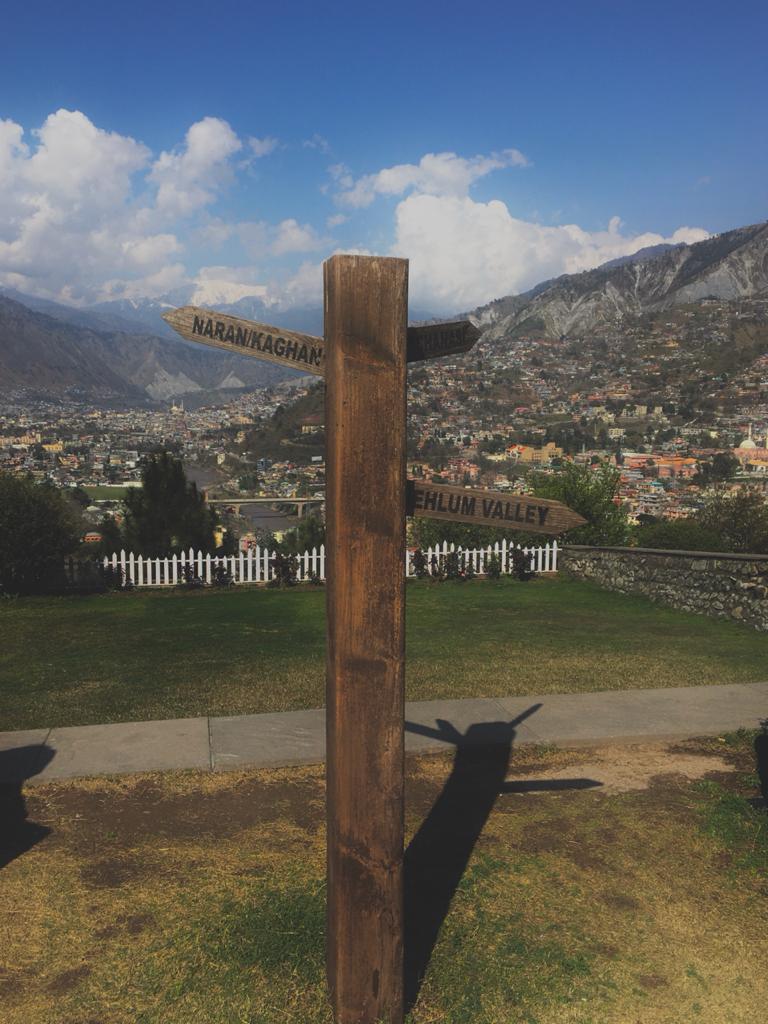
Nonetheless, in contrast to Jammu, the place the Maharaja straight ruled the province, Kashmir was administered by appointed governors. This historic account supplies perception into the executive construction of the Jammu Kashmir area through the period of Maharaja Ranbir Singh, reflecting the detailed delineation of territories and the following governance preparations within the erstwhile princely state.
The literary custom of the area dates again to its numerous and wealthy heritage encompassing poetry, prose, and drama. Influenced by Persian, Sanskrit, and English literary traditions. Kashmiri literature displays the deep-rooted historical past and tradition of the area. The literary panorama extends past the Kashmiri language, with works in languages akin to Sanskrit relationship again greater than 2,500 years, whereas the unique Kashmiri writings hint their origins to round 750 years in the past, nevertheless, the literature has been numerous all the time encompassing numerous languages together with Pahadi, Farsi, Urdu amongst different languages.
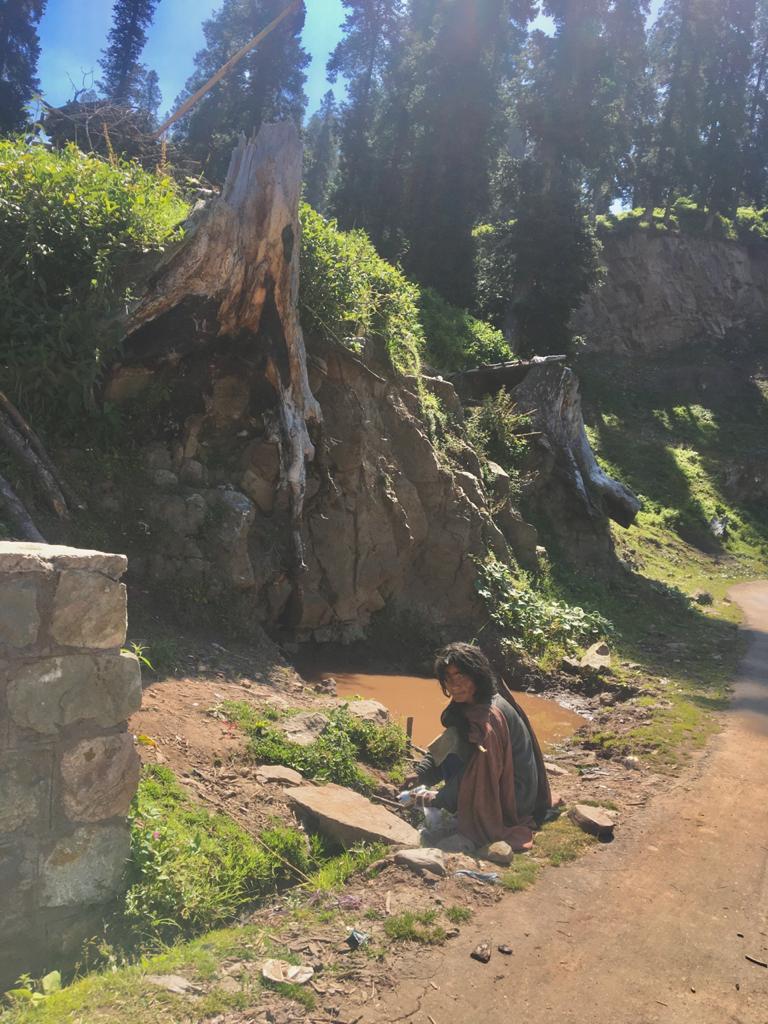
Whereas poets like Sheikh Noor-ud-Din, Lalla Ded, Habbakhatoon, and Shiti Kanth are revered as pioneers, modern voices have left an indelible mark on Kashmir’s literature. Poets akin to Hari Kishan Kaul, Majrooh Rashid, Rattanlal Shant, Hirdhey Kaul Bharti, Rafiq Raaz, Tariq Shehraz, Shafi Shauq, Showkat Shehri, M.H. Zaffar, G.M. Azad, Anis Hamdani, and Barkat Nida have made vital contributions, enriching the literary panorama with their numerous views and poetic expressions.
The poets of the early period targeted their poetic expressions on themes that delved into spirituality, self-control, and mysticism. Their verses served as guiding lights, directing individuals in the direction of the paths of justice and fact. Via their poetic endeavors, these early poets sought to encourage contemplation, ethical reflection, and a connection to increased non secular truths, fostering a way of righteousness and truthfulness amongst their viewers.
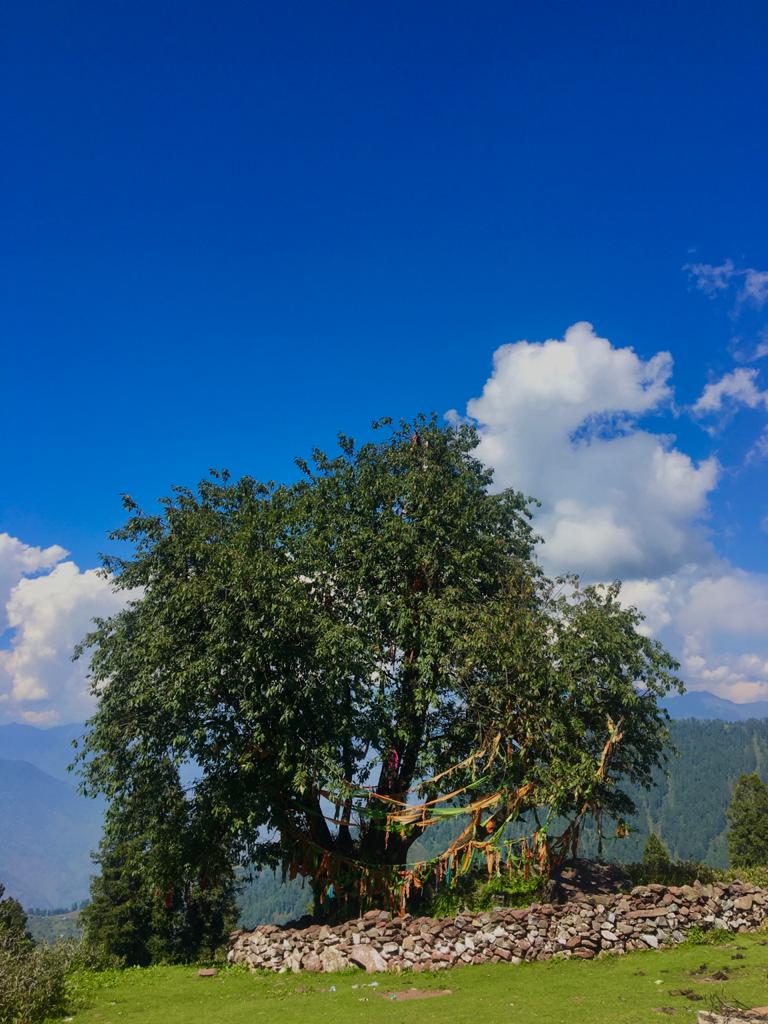
Because the inexorable course of historical past unfolds, every situation undergoes its anticipated mutability. Ignoring one’s genuine historic context and in search of refuge in escapist realms holds the potential to breed self-indulgent quietism. In response to mainstream literary historiography, a good portion of Kashmiri literature has struggled to transcend this threshold, particularly contemplating the tumultuous circumstances of the final 4 centuries.
The very idea of Kashmiriyat has undergone a profound historic shift, not remaining static, as evidenced by our dynamic historical past. Chitralekha Zutshi, in her ebook “Languages of Belonging: Islam, Regional Id, And The Making of Kashmir,” rightly factors out that suggesting Kashmiri identities have adopted distinct trajectories influenced by elements akin to state buildings, financial situations, political tradition, and the non secular milieu at varied historic junctures.
With out aspiring to sound assertive, there are occasions when a better dedication, engagement, and sensitivity to rapid realities grow to be crucial for artists and poets. Within the mainstream Kashmiri literary custom, Ghulam Ahmad Mahjoor stands out for his notable contribution to Kashmiri poetry. Writing in a number of languages, Mahjoor performed a pivotal function in revitalizing Kashmiri literature by striving to liberate it from the heavy Persio-Arabic affect that had led to literary stagnation.
Presently, writers and poets are actively weaving the literary material in languages akin to Kashmiri, Urdu, Pahadi, English, and Persian. Nonetheless, the pervasive battle has, over time, restricted the various expressions inside Kashmir’s literature, overshadowing it with the influence of ongoing struggles. Many authors from Kashmir and Jammu have grow to be casualties of the extended battle, fading into the background.
The dearth of particular literature specializing in the historic, social and political features of Muzaffarabad from its inception in 1948 to its modern, literary linkages is clear. The shortage of perception into the interior struggles and the choice making through the partition period together with the roles performed by Maharaja Hari Singh and Pandit Jawaharlal Nehru hampered a complete understanding of the area’s political evolution and its implications on the native communities. Understanding the literary historical past of the place is essential in a broader socio-political context.
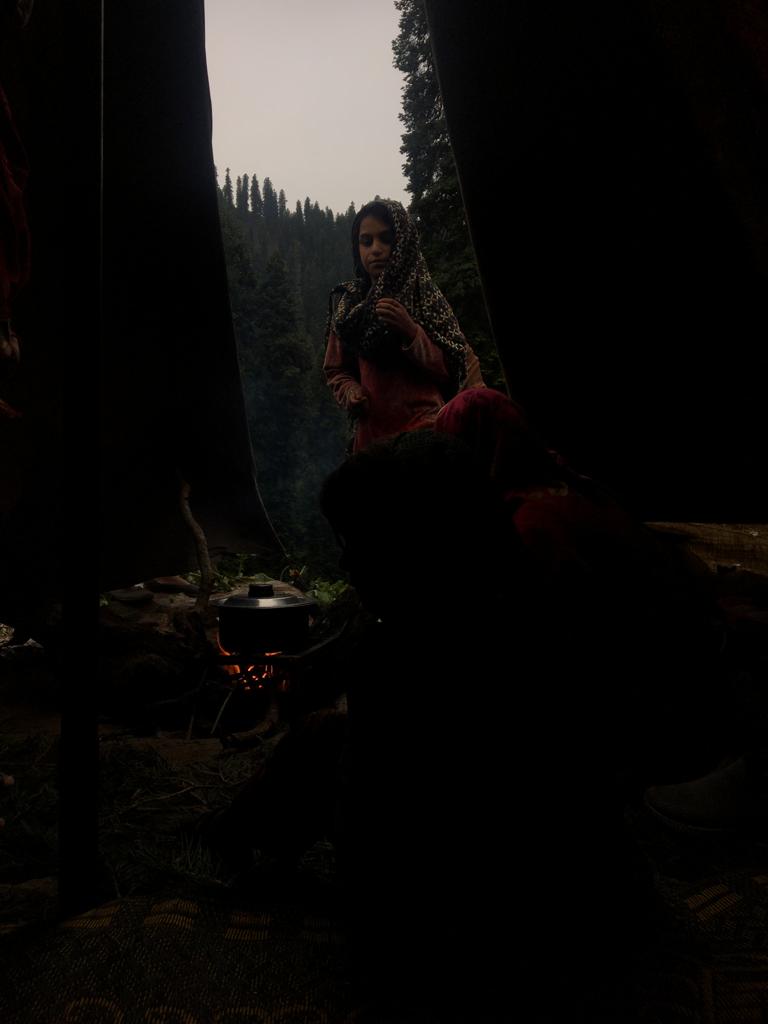
In an effort to acknowledge the often-overlooked writers from Muzaffarabad, who’ve made vital contributions to the literary heritage of the area, The Kashmiriyat is launching a sequence titled “Ahl-e-Kalam of Muzaffarabad.” This sequence goals to introduce our readers to those unsung literary figures, shedding gentle on their beneficial contributions to the literature of the Himalayan area. From Muzaffarabad we’re connecting to Ms. Azra Khatoon, who has contributed considerably to Muzaffarabad’s wealthy cultural, political and literary heritage. The creator distinctly paperwork the distinguished authors of Muzaffarabad. Her writings have featured in a number of Urdu dailies within the Muzaffarabad area.
#Ahl #Qalam #Muzaffarabad #Unveiling #unique #sequence

